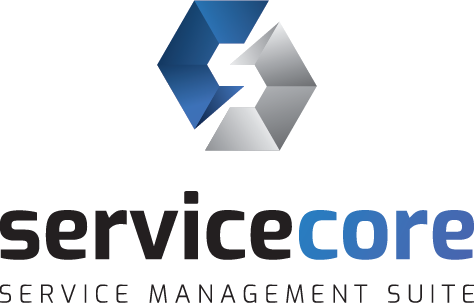In this module, where user requests are met, a modern request fulfillment and presentation process is simulated in line with the latest ITIL4 request management practices.
Customer requests, which are initiated by requesting from the integrated service catalog, can be managed end-to-end thanks to the request management module.
The requests of the users can be recorded both automatically from the interaction module, by e-mail and by triggering from the service catalog.
Changes, versions and projects arising from requests can be transferred to other modules thanks to the built-in association feature and can be followed along the ITIL4 compliant service value stream. In this way, the user can see the work done on his request in a transparent way.
When necessary, requests can be followed by external integrations by connecting them to environments where internal and external stakeholders are followed on different platforms.
In the ServiceCore Request Management module, the work logs of all the work done can be kept and active effort management can be followed. With the History tracking feature, where all transactions are followed, all activities can be traced backwards.
Requests can be associated with change and can be combined with (ARM®) Auto Record Merge as a single event record. Repeated recordings can thus be combined or linked quickly and efficiently.
Thanks to the innovative (ATS®) Auto Time Spent feature, the time technicians spend on request records can be calculated automatically.

ServiceCore Time Engine, another original ServiceCore development (STE®), automates the effort calculation and workforce / work log entries of active tasks and work logs. All the necessary innovations for the comfortable working of technical personnel have been developed by service management experts and technical teams for this purpose.
Another innovation that enables technicians to collaborate easily is that request records can be shared between technicians and users. In this way, all information about the same request record can be shared by both technical teams and users. On the other hand, thanks to the automatic mail fetcher (AMF®) of all correspondence , confusion was avoided by listing all the meetings with both technical team, user and external stakeholders in the “Conversations” section.
The technical team does not need to communicate with the user and external support institutions via e-mail, and a historical knowledge is provided that enables new technicians to work on a request record to quickly master what is done regarding the request.
The Recording Control Panel (RCP®) has been developed to increase the control over the recording. Continuous and very fast updates can be made from a single panel. In this way, the time spent on request records has been reduced. "Pinning" and "Tracking" features have been developed for fast tracking and easy filtering. It is aimed to be easy to use by pinning and tracking for priority records.
Entity and configuration relationship, which is one of the important issues in Service Request records, is also made available to technicians in the request management panel. Thanks to active asset matching, it is possible to see all the assets related to the requests on a single screen and to make transactions.
